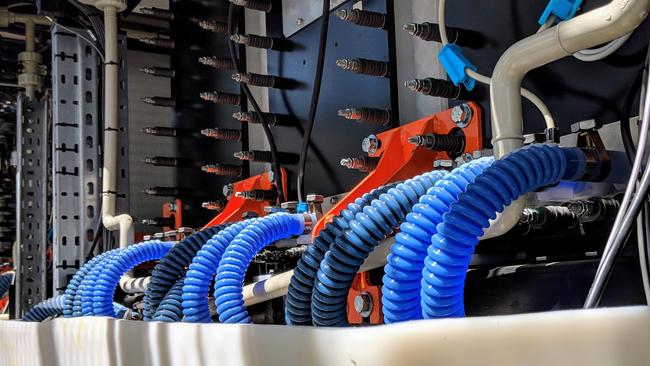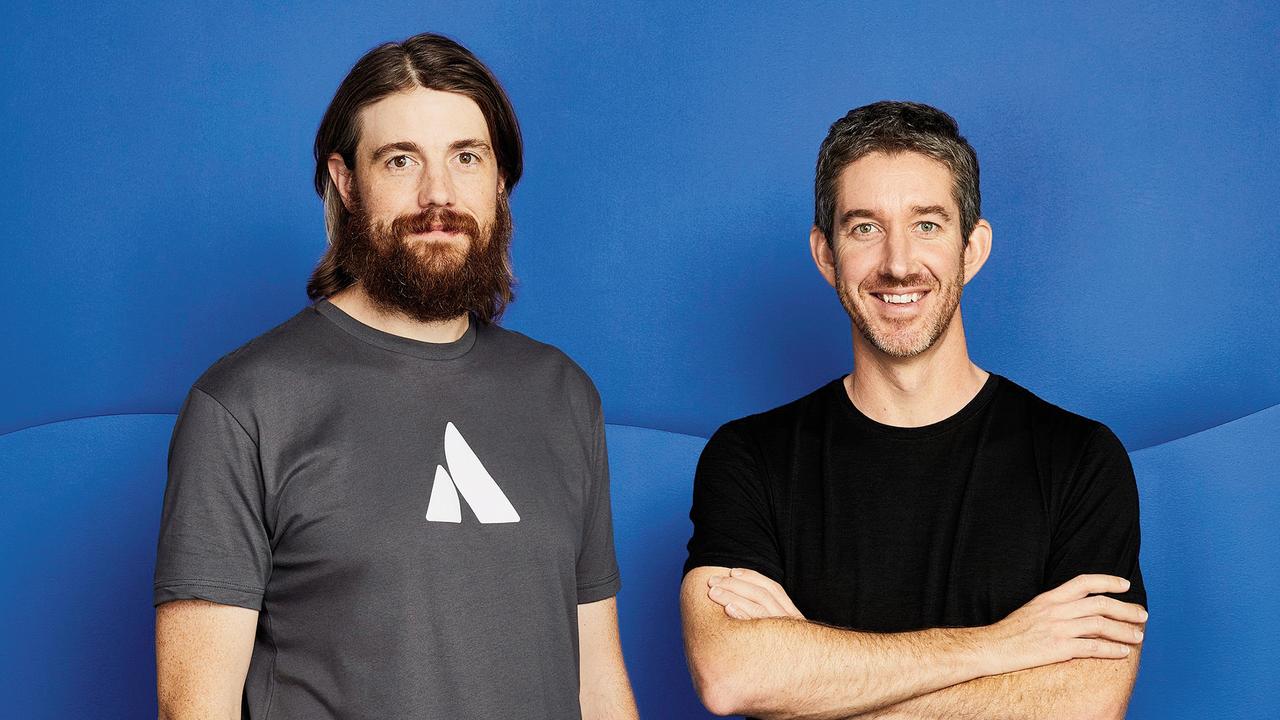redT vanadium battery starts operating at Melbourne’s Monash University
New battery technology is bringing renewables storage to large buildings.

UK energy storage firm redT Energy Storage and Melbourne’s Monash University have launched a vanadium redox battery that offers an alternative to everyday lithium-ion installations. It’s aimed at large buildings rather than homes and allows the university to use solar energy right through the night.
Ironically the battery technology involved was first envisaged in Australia and redT itself is run by Australians who are now importing its technology back down under.
The official opening of the battery installation follows last month’s announcement of a pending merger between redT energy and US vanadium flow battery maker Avalon Battery.
redT last month also said it had obtained planning permission to build a vanadium battery system in Oxford, UK. It plans to connect a 50 megawatt vanadium lithium-ion battery hybrid system to the grid to support an electric vehicle network.
Vanadium redox flow batteries, or VRFBs, are the size of a shipping container and offer a different form of renewable energy storage. They have advantages over lithium-ion, Vanadium batteries can be scaled up more readily to service larger installations, they are less of a fire risk, they boast twice the life of li-ion, and vanadium can be cleaned and reused.

redT’s approach is to create hybrid batteries with a small li-ion component that can be used in short bursts economically, while the vanadium can be heavy-cycled all day and night.
The Monash project aims to address what is regarded as the Achilles heel of renewable energy: providing continuous power 24/7, whatever the state of sunlight and wind.
Monash University says it is using redT’s energy storage infrastructure as a key part of the university’s Microgrid project. “Through innovative partnerships like this one, we are addressing and scaling the transition of energy into new models and markets, which are both environmentally responsible and affordable,” says Ken Sloan, deputy vice-chancellor and vice president (enterprise).
redT CEO Scott McGregor says the redT system will also offer balancing services to the Australian Energy Market Operator (AEMO), such as balancing frequencies and ensuring an even supply.
He says the redT installation at Monash University is currently the largest commercial energy storage installation in Australia and the first ‘hybrid’ energy storage system, combining both vanadium redox flow and lithium‐ion technology, to come online globally.
“redT’s vanadium redox flow technology is a form of non‐degrading energy storage, which is well suited to heavy use applications alongside renewables and in commercial environments,” he says.

The technology is regarded as originally Australian with Australian chemical engineer Maria Skyllas-Kazacos credited with developing it at the University of NSW, which snagged the first patents in the 1980s. The patent expired at the end of the 1990s when three companies, redT and two firms from Austria and Japan picked up the technology.
Since then VRFB installations have launched in Japan with Sumitomo Electric, China with Ronke Power and Pu Neng, and Europe with E.U. Energy Corp.
In Australia vanadium battery installations began slowly with a nursery in Busselton, WA implementing a small system about three years ago.
In May this year battery producer CellCube and southeast Asia renewables company Pangea Energy announced a 100MW/200MWh vanadium redox battery installation which is says will be the world’s largest. Its development application was approved last year and it is due to open next year.
Mr McGregor says the Monash project is the first large scale deployment of this technology in its home country.
Vanadium was discovered in 1801 and is a malleable and ductile metal, No 23 in the periodic table. It’s commonly listed as about the 20th most abundant element in the Earth’s crust so future supplies seem assured.
Vanadium is not the only alternative to li-ion batteries for renewable energy storage. South Australia’s Redflow sells zinc-bromine flow batteries mainly to industry.



